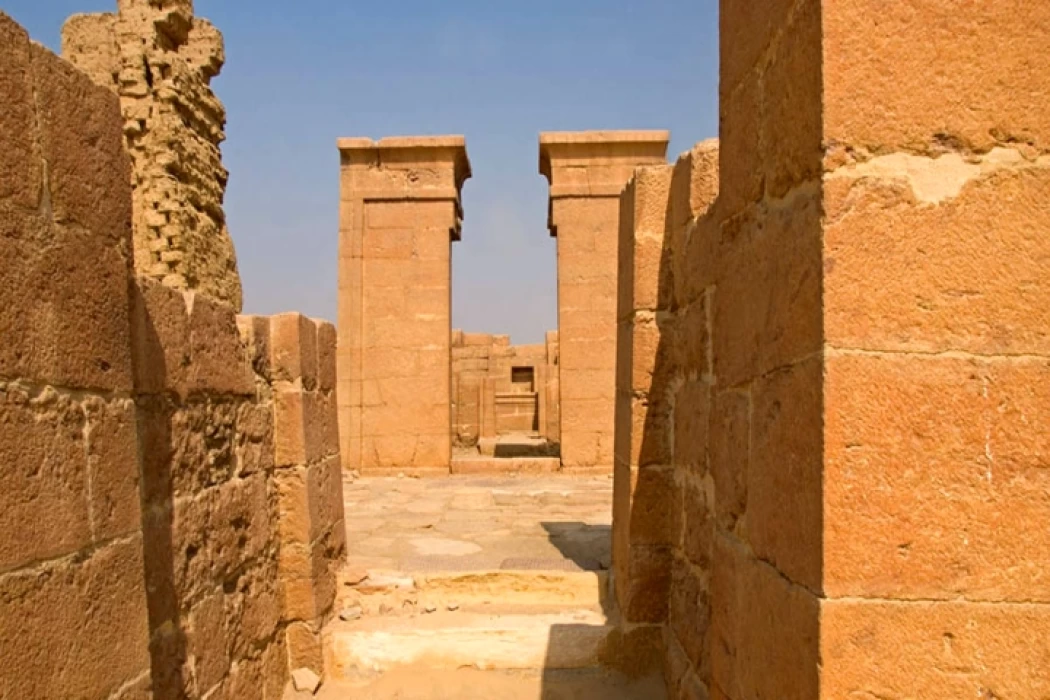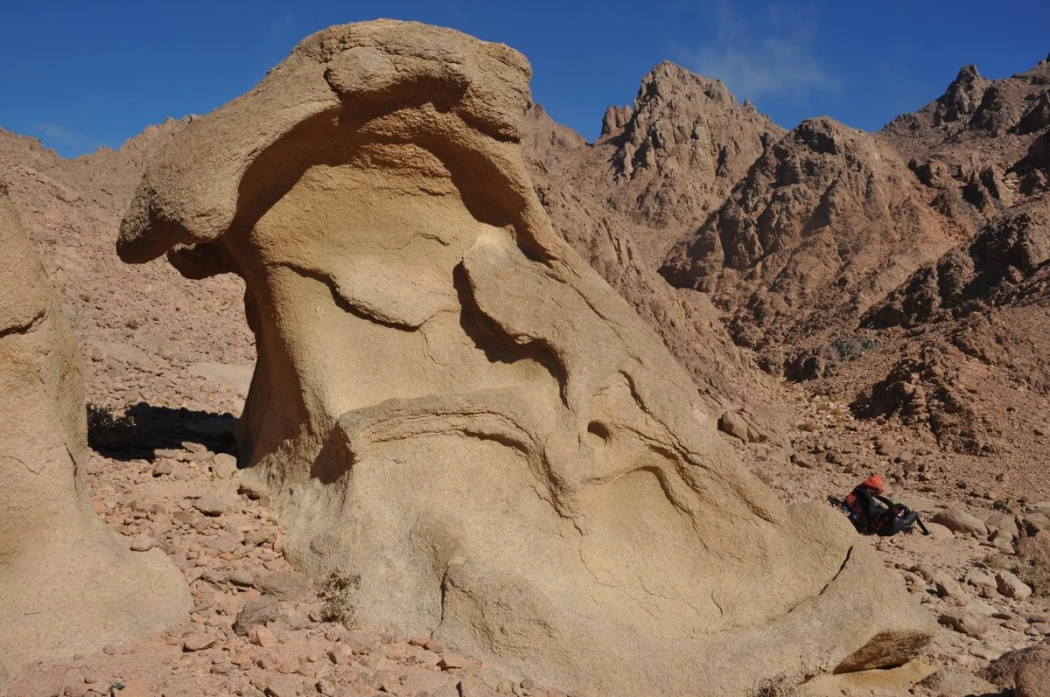Admin
It is located on the banks of the Nile River, approximately 245 kilometers south of Cairo. It dates back to the Pharaonic period and celebrates old heritage while remaining relatively modern in day-to-day life.
Admin
Al Fayoum City
Fayoum (Coptic: 'Ⲫⲓⲟⲙ), is an Egyptian city and the capital of the Fayoum governorate. It is divided into two residential neighborhoods separated by the Bahr Youssef River in the middle of Fayoum city and is located in the Fayoum depression, 100 kilometers (62 miles) southwest of Cairo. The city and its centers are famous as an important commercial center that includes the provincial office and branches of ministries, and its villages are famous for their palm products and carpets, as well as Gray fig plantations and poultry hatching.
Admin
History of Abydos Temple of Osiris
The temple was dedicated to the god Osiris, the Egyptian god of the afterlife. The temple was built on a grand scale, with two massive courtyards, dozens of columns, and numerous statues and reliefs. But despite its size and grandeur, the temple was abandoned just a few hundred years after it was built.
Admin
Wadi El Rayan Nature Protectorate In Faiyum City Egypt
The Wadi El Rayan Valley encompasses an area of 1759 km2, and it has a lake that spans 113 km2 of that territory. It is situated in the Al Fayoum Oasis, approximately 65 kilometers to the southwest of Faiyum City and 80 kilometers to the west of the Nile River.
Admin
Deir al muharraq / The Monastery of the Holy Virgin Mary
The monastery is a place of pilgrimage, refuge, and vows. The monastery founded by the holy family in Egypt in the 4th century follows the Coptic Orthodox Church of Alexandria. The monks believe that Mary and Jesus lived in the cave on this site for six months and 10 days after fleeing from Herod.
Admin
Sannur Valley Cave Protectorate
Sannur Cave has only one chamber which is about 2,300 ft (700 m) long and 50 ft (20 m) in diameter. It is a limestone cave overlaid with alabaster created by thermal springs. Its unique geology and unusual formations of stalactites and stalagmites led it to be recognized as an Egyptian Protectorate in 1992.
Admin
Temsah Lake | Crocodile Lake Egypt
Lake Timsah, also known as the Crocodile is a lake in Egypt, located on the Nile delta and part of the Suez Canal. It sits in a basin that extends from the Mediterranean Sea to the Gulf of Suez, through the Bitter Lakes region. While its name evokes crocodiles, the lake no longer hosts them, though it does have historical significance and is a popular spot for recreation and tourism.
Admin
Discover the Karanis Site Museum | Karanis Open Air Museum
The Karanis Site Museum, also known as Kom Aushim Museum, is located at the Karanis archaeological site in Fayoum, Egypt. It features artifacts from the Graeco-Roman settlement of Karanis, showcasing daily life, religious practices, and industries during that period.
Admin
Halayeb And Shalateen
Halayeb and Shalateen are 20000 square kilometers on the Red Sea area on the border between Egypt and Sudan.
Admin
Discover Fayoum Magic Lake
Fayoum's Magic Lake, located in Wadi El Rayan, is renowned for its captivating, color-changing waters that shift throughout the day depending on sunlight and time. It's a serene desert escape where visitors can relax, swim, camp, and sandboard amidst the stunning landscape of sand dunes. The lake is also known for its diverse ecosystem and unique opportunity to witness spectacular sunsets.
Admin
Facts about The Nile Valley civilization
The Nile Valley civilization, centered on the fertile banks of the Nile River in Egypt, was one of the world's earliest and most influential civilizations. It thrived due to the Nile's annual floods, which deposited nutrient-rich silt, enabling successful agriculture and supporting a large, settled population. This civilization developed a complex society with advancements in agriculture, writing (hieroglyphics), mathematics, medicine, and monumental architecture like the pyramids.











-webp.webp)
-webp.webp)


-webp.webp)








